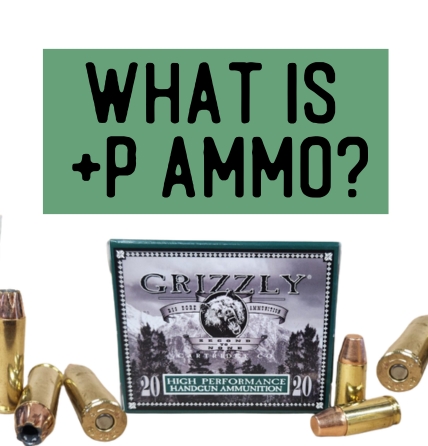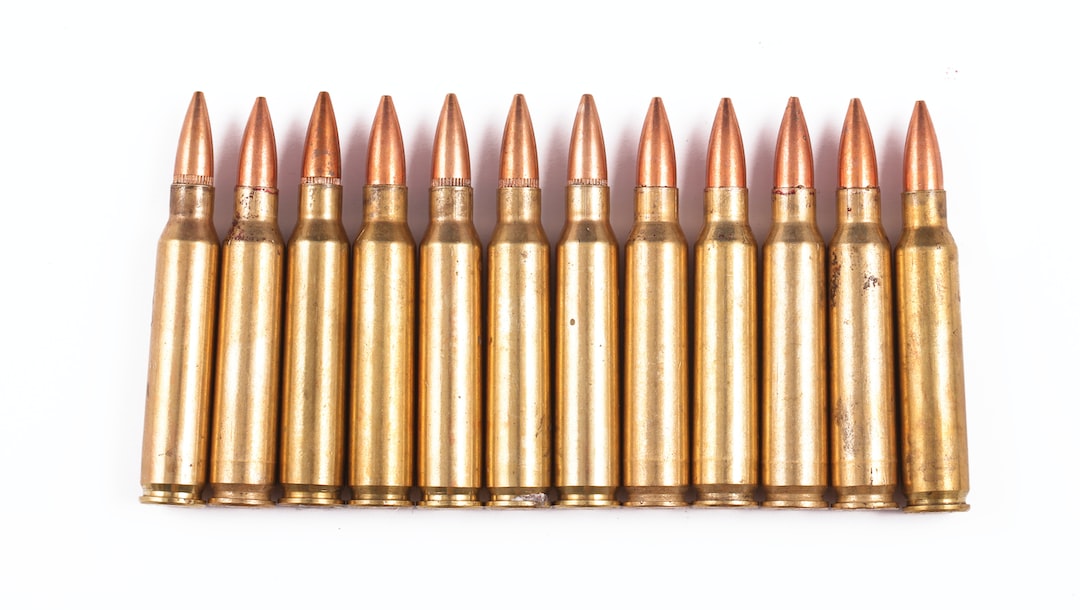Fascination About Ammunition Pro Llc
Fascination About Ammunition Pro Llc
Blog Article
8 Easy Facts About Ammunition Pro Llc Described
Table of ContentsLittle Known Facts About Ammunition Pro Llc.8 Simple Techniques For Ammunition Pro LlcSome Known Incorrect Statements About Ammunition Pro Llc Unknown Facts About Ammunition Pro LlcThe Buzz on Ammunition Pro Llc
The basic parts of ammunition are the same for rifle, handgun, and shotgun ammo. Today we're looking at the what the fundamental components of ammunition are and exactly how they function with each other to fire a round.It houses the guide and powder. The bullet is seated outdoors end of the situation. When you discharge a bullet out of a semi-auto weapon, the gun's extractor raises the instance from the firing chamber and it flies out of the gun. The instance is likewise sometimes described as coverings, brass, or coverings.
A gun's firing pin strikes a cartridge's guide. The guide is situated in the edge of the instance of a rimfire cartridge.
More About Ammunition Pro Llc
Both common sorts of primers in centerfire cartridges are Berdan and Fighter primers. Gunpowder beside the case that typically has it. Powder, also called propellant or gunpowder, is a fast-burning chemical mix. The guide surge ignites it. It is normally a mixture of saltpeter, charcoal, and sulfur.

We call the projectiles for shotshells, which we discharge via shotguns, slugs and shot. A slug is one strong item, usually constructed out of lead. Shot is a group of pellets constructed out of lead, steel, bismuth, or tungsten alloy. Shot pellets can be available in different sizes and quantities. Since you have a standard understanding of the standard components of ammo, you can feel a bit a lot more positive in how your weapon and ammo feature!.
The Facts About Ammunition Pro Llc Uncovered
Stay on par with Special Deals, Advancement Notification of Sales, and Store Events
Enjoyable fact: Grains are used to describe the mass of a bullet because completely back in the very early days of firearms, it was an apothecary's device of measurement, and an usual measure was required to establish how much cause use to make actors lead bullets (Ammo Retailer). 'Grains' as an unit of measure for weight goes all the way back to old times, and stands for the weight of a grain of wheat

(https://quicknote.io/1b261f70-1857-11f0-b745-75efe1a9988a)For reference, the weight of a paper clip has to do with 16 gr. So, we understand that grains are a step of mass, and extra = larger, and heavy is great, ideal? Yes, hefty is great, but mass of the projectile isn't the only point you require to consider when picking a round for your weapon.
The 25-Second Trick For Ammunition Pro Llc
Fun truth, this is the origin of the term "Rifle" ex-spouse. The impact this spin has on projectiles is a stabilizing one the bullet turning keeps the nose pointed directly, in the very same method that a perfectly spiraled football throw is going to be much more stable and exact in trip than an unsightly duck, end over end throw.
Just how does this connect to grain weight? Envision you're on one of those playground carousels, the ones with bars you hold on to while it spins.
Or when it comes to the circus ride, you begin to really feel larger. The even more mass you have (weight), the much more you will feel this impact. The exact same result occurs with bullets. The much heavier the projectile, the even more impact a quicker spin will carry it. This is why you often tend to see slower twist rates for larger, slower projectiles, and quicker spin prices for lighter, higher speed projectiles.
The Ultimate Guide To Ammunition Pro Llc
There's another variable that we have to consider when selecting a grain weight for our ammo. As hinted at above, bullet rate, or the rate of the projectile, is a major factor when determining the most effective grain weight projectile to use. Velocity is affected by a couple of significant aspects, including the kind and amount of propellant (gunpowder), barrel length, and bullet weight.

One of the most common grain weight rounds for 9x19mm cartridges are 115gr and 124gr. These are normally lead core, fully jacketed (FMJ) rounds. Both of these grain weight cartridges will do well in manufacturing facility 9mm handguns, to typical handgun distances (as much as 50 backyards). 115 grain rounds are the most typical (and consequently least expensive).
Report this page